Professional Diploma in Team Sports Injuries
€ 990
EXPERT ADVISORS
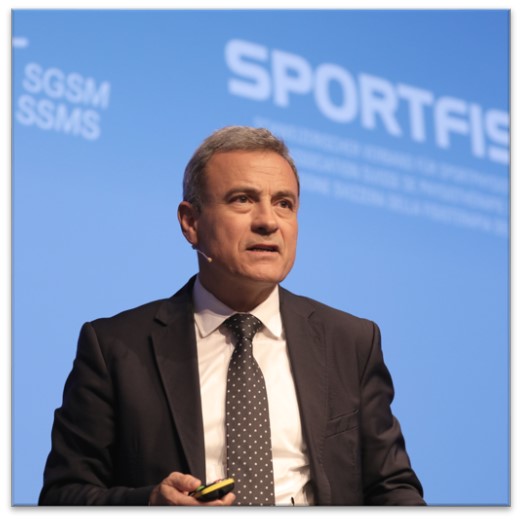
Gil Rodas Font
Medical Doctor and Surgeon. Specialist in Physical Education and Sports Medicine. Head of the Barça Innovation Hub Medical Service area.

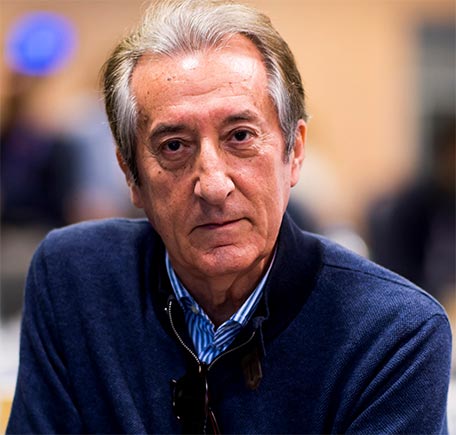
Paco Seirul·lo Vargas
Head of FC Barcelona's Methodology area.

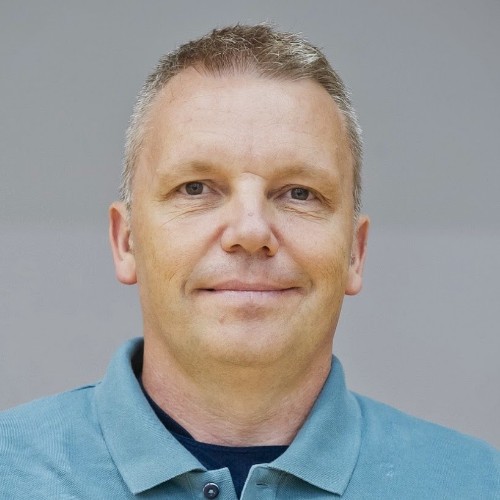
Joan Ramon Tarrago
Head of FC Barcelona's Sports Performance area.

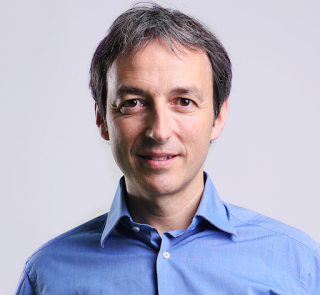
Daniel Romero Rodriguez
Physiotherapist. Physical trainer and rehabilitator of competitive high performance athletes. Performance, prevention and post-injury rehabilitation advisor for various professional football players.


Francesc Cos
Former Head of Strength Training for FC Barcelona's first team football squad (2004-2016). Former Director of the Performance area of Barça Innovation Hub (2016-2018). Currently Director of Performance of the New York City (MLS).

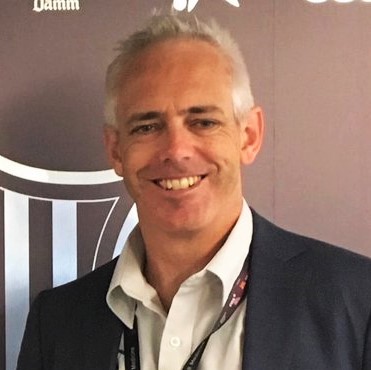
Tim Gabbett
High Performance Consultant. 20 years experience working as an applied sport scientist with athletes and coaches from a wide range of sports.

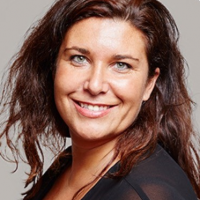
Ana Merayo García
Sports Psychologist. Instructor. Coordinator of the SAIE (Service for Comprehensive Athlete Care) at Masia 360, FC Barcelona.

CERTIFICATE
Courses' syllabus
MODULE 1: Prevention of and readaptation from injuries
MODULE 2: Muscle injury and tendinitis management
MODULE 3: Management of joint and bone injury
MODULE 4: Decision making and returning to competition
MODULE 1: BASIC CONCEPTS IN EPIDEMIOLOGY AND INJURY PREVENTION
Unit 1: Basic Concepts in Injury Prevention
Unit 2: Epidemiology in Team Sports
MODULE 2: MUSCLE INJURY PREVENTION
Unit 1: Prevention of the Most Frequent Muscle Injuries
Unit 2: The Preventive Approach to Muscle Injury Prevention
MODULE 3: PREVENTION OF JOINT INJURIES
Unit 1: Prevention of the Most Frequent Lower Limb Joint Injuries ACL (Anterior Cruciate Ligament) Injury
Unit 2: Prevention of the Most Frequent Upper Limb Joint Injuries (Shoulder Injuries)
Module 4: INTEGRATIVE READING
MODULE 1: Management of medical pathology 1
MODULE 2: Management of medical pathology 2
MODULE 3: Sports Specific pathologies
MODULE 4: Special sports and competitions
Neuromuscular Basis for Strength Training
MODULE 1: Characteristics of the musculoskeletal system.
Unit 1: Movement from the central nervous system.
Unit 2: Function of the skeletal muscles.
MODULE 2: Muscle action and its relationship to sports.
Unit 1: Types of muscle action.
Unit 2: Interrelationship of muscle action in movement and posture maintenance.
MODULE 3: Systemic changes in detraining and immobilisation.
Unit 1: Detraining in relation to the skeletal muscle.
Unit 2: Muscle hypertrophy.
MODULE 4: Assessment of muscular properties in relation to sport.
Unit 1: Surface electromyography.
Unit 2: Tensiomyography.
Central Processing of Voluntary Movement
MODULE 1: Characteristics of the musculoskeletal system.
Unit 1: Movement from the central nervous system.
Unit 2: Function of the skeletal muscles.
MODULE 2: Muscle action and its relationship to sports.
Unit 1: Types of muscle action.
Unit 2: Interrelationship of muscle action in movement and posture maintenance.
MODULE 3: Systemic changes in detraining and immobilisation.
Unit 1: Detraining in relation to the skeletal muscle.
Unit 2: Muscle hypertrophy.
MODULE 4: Assessment of muscular properties in relation to sport.
Unit 1: Surface electromyography.
Unit 2: Tensiomyography.
"Strength and muscle power as a key feature of rehabilitation from sports injuries"
MODULE 1: Analysis of injury in sports: injury mechanisms and associated risk factors.
MODULE 2: Sports injuries and their relationship with the quality of strength.
MODULE 3: Strength manifestations and muscle power in the post-injury rehabilitation process.
MODULE 4: New paradigms in strength training: muscle building through vascular occlusion.
The training-injury prevention paradox
MODULE 1: The training-performance relationship, and training load plus injury
MODULE 2: Is training really the problem?
MODULE 3: Importance of a good pre season. Moderators and mediators
MODULE 4: Common questions and Interpreting athlete monitoring data
Efferent Organization of Human Movement
MODULE 1: MOTOR CORTEX AND CORTICAL SPINAL TRACT
Unit 1: Motor Areas
Unit 2: Giant Pyramidal Cells of Betz and the cortical spinal tract
MODULE 2: ROLE OF THE CEREBELLUM AND BASAL GANGLIA
Unit 1: Cerebellum
Unit 2: Basal Ganglia
MODULE 3: FEEDBACK AND MOTOR ADJUSTMENT
Unit 1: Neurocybernetics
Unit 2: Feedback
MODULE 4: INTEGRATIVE MODULE
MODULE 1: Systemic model
MODULE 2: Sports career model I and II
MODULE 3: Dual career
MODULE 4: Examples of intervention in different transition stages of an athlete's life
Learn to
Get to know the fundamental characteristics for both prevention strategies and injury rehabilitation, as well as the different injury mechanisms in team sports.
Propose efficient prevention strategies based on a process founded on scientific evidence.
Handle pathologies and specific injuries corresponding to each sport.
Improve critical analysis by completing a training program on the different professional roles of sports science and health.
Determine how the central nervous system influences human movement as well as how we can shape the ability to make decisions for movement.
Apply the appropriate methodology to the design of the post-injury rehabilitation process in situations where strength development plays a significant role.
Analyze workload monitoring data to orientate the training process towards preventing injuries and consequently successfully optimize sports performance.
Identify the areas involved in the control and adjustment of movements, as well as how they are involved.
Manage specific strategies to support a dual career and understand the different transitions in an athlete's life.
What does it include?

24-HOUR ACCESS TO STUDY MATERIAL, FROM ANYWHERE, ON ANY DEVICE

VIRTUAL COACHING, FOLLOW-UP, AND SUPPORT FROM A SUBJECT EXPERT

ACTIVITIES AND ASSESSMENTS WITH PERSONALIZED FEEDBACK

DISCUSSION FORUMS AND INTERACTION WITH COLLEAGUES FROM ALL OVER THE WORLD

CERTIFICATE ISSUED BY BARÇA INNOVATION HUB AND ENDORSED BY THE CORRESPONDING INSTITUTION.

Self-assessment to measure your learning progress
